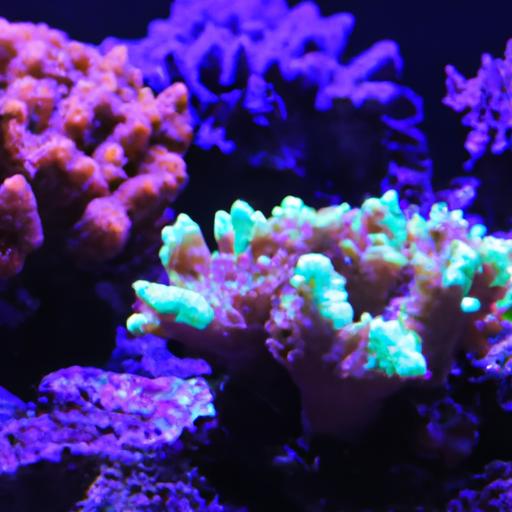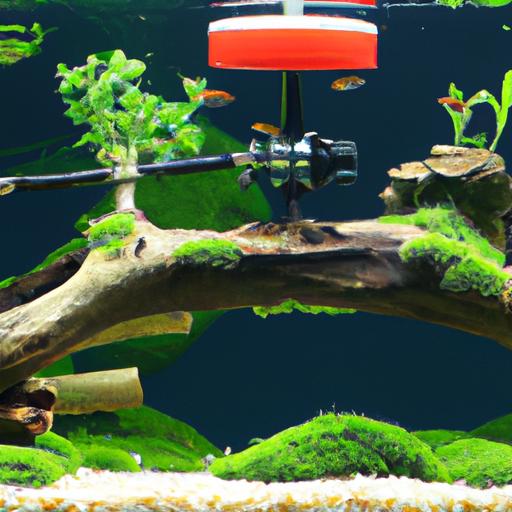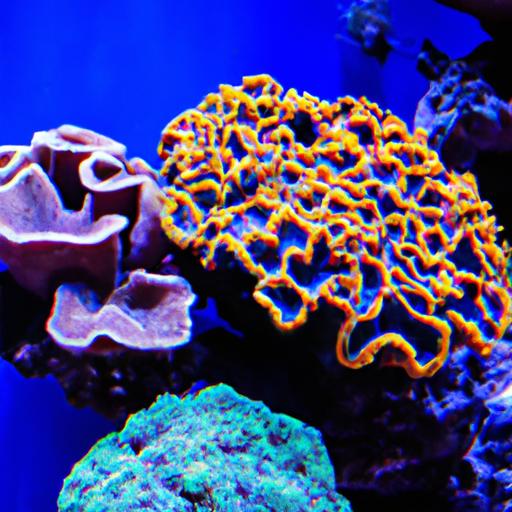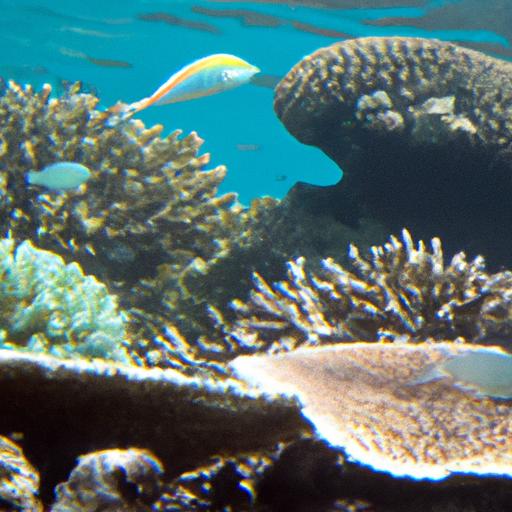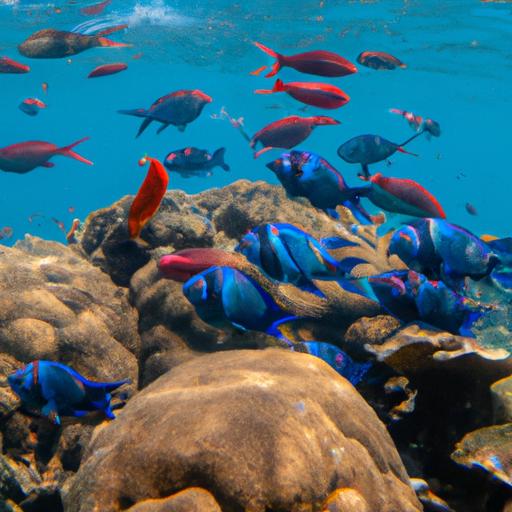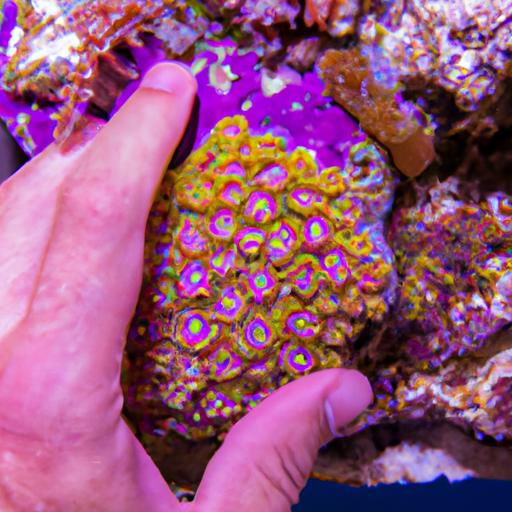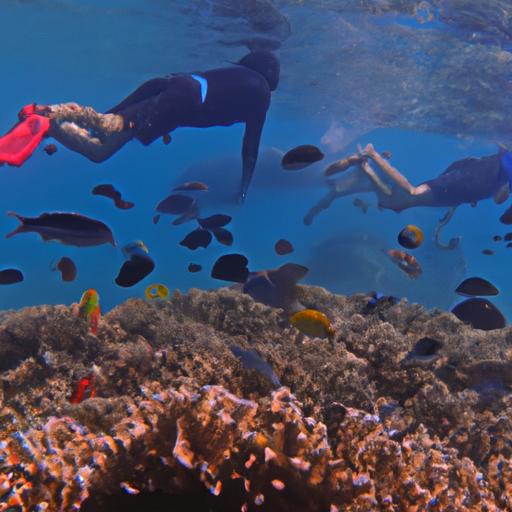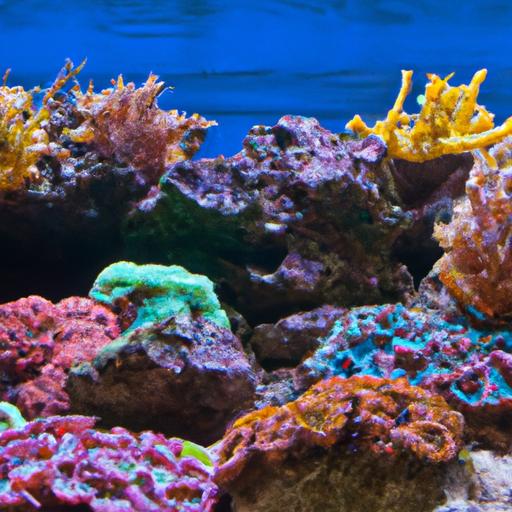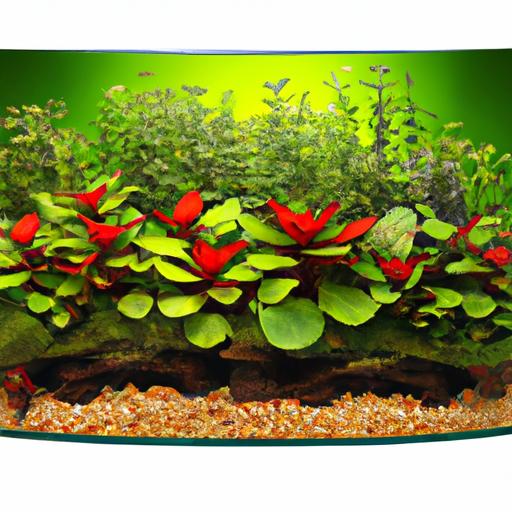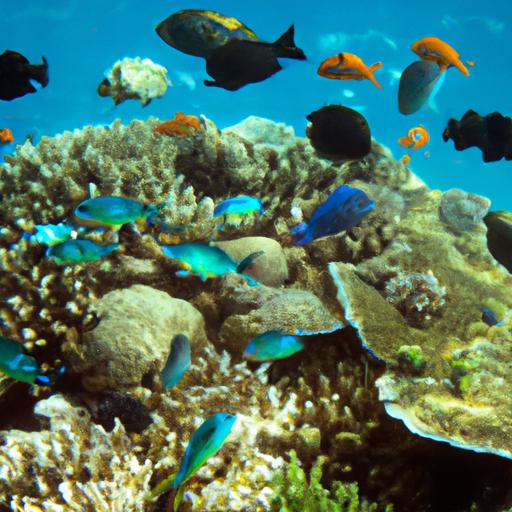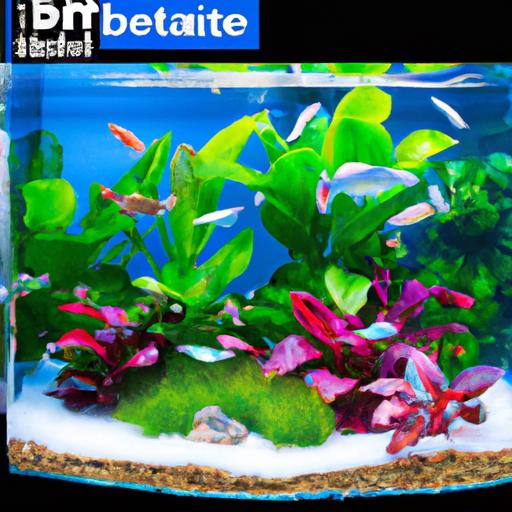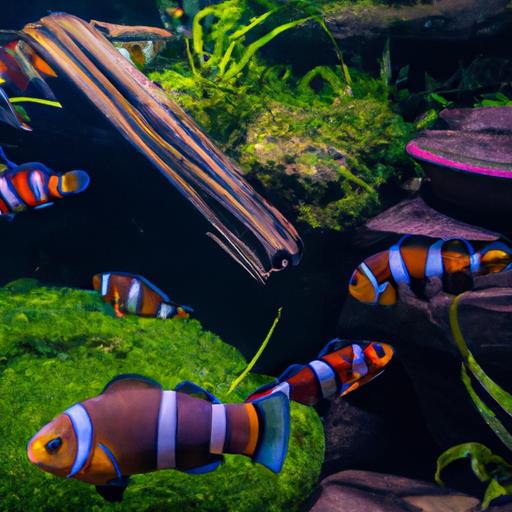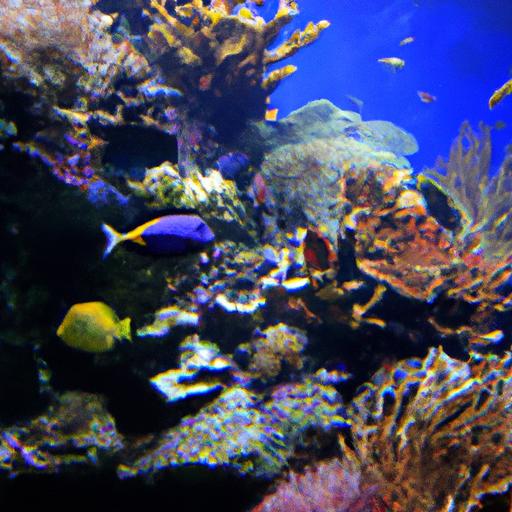
Introduction to Reef-Safe Fish Species for a Vibrant Ecosystem
Discover the beauty of a vibrant aquarium ecosystem with our Introduction to Reef-Safe Fish Species. Create a thriving underwater world today!
Are you an aquarium enthusiast who dreams of creating a vibrant underwater world in your own home? Well, you’re in luck! One of the key factors in achieving a thriving aquarium ecosystem is selecting the right fish species. In this article, we will introduce you to the concept of reef-safe fish species and why they are crucial for maintaining a vibrant and balanced ecosystem in your aquarium.
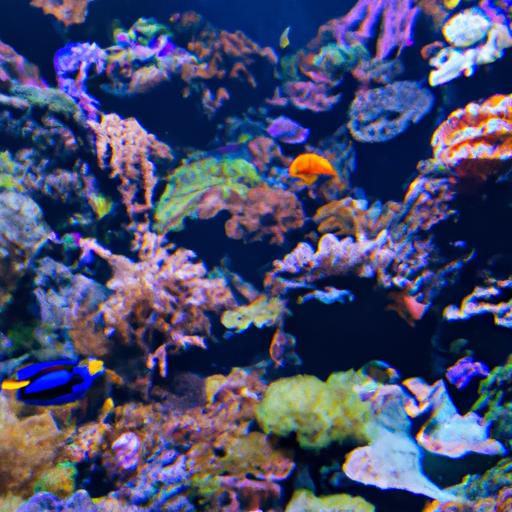
Importance of a Vibrant Ecosystem in Reef Aquariums
Before we delve into the world of reef-safe fish species, let’s first understand why a vibrant ecosystem is essential for reef aquariums. Just like in the natural coral reefs, a balanced and diverse ecosystem is vital for the health and well-being of the marine life within your aquarium. A vibrant ecosystem not only enhances the beauty of your aquarium but also promotes the overall health of the fish and other organisms that call it home.
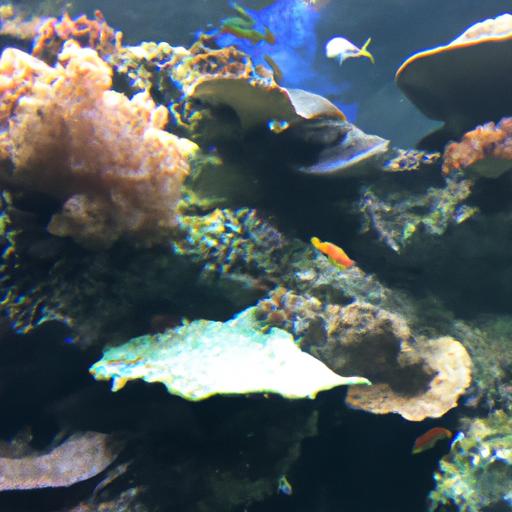
Overview of Reef-Safe Fish Species
Reef-safe fish species refer to those that exhibit behaviors and characteristics that are compatible with a coral reef environment. These fish are known to coexist peacefully with corals, invertebrates, and other marine life, without causing harm or disruption to the delicate balance of the ecosystem. By choosing reef-safe fish, you can create a harmonious and sustainable environment within your aquarium.
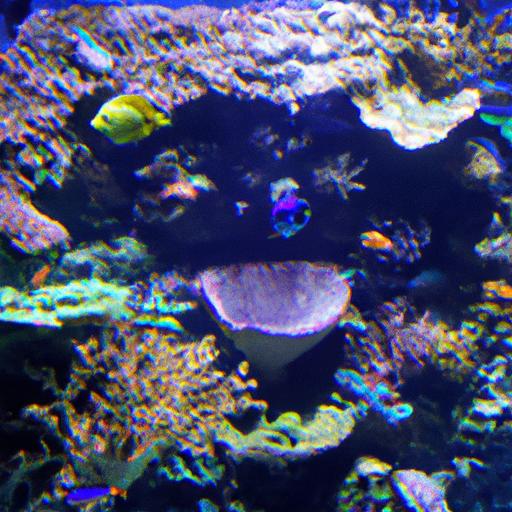
Benefits of Choosing Reef-Safe Fish for Your Aquarium
Opting for reef-safe fish offers numerous benefits for your aquarium ecosystem. Firstly, these fish are less likely to nip at or damage corals, ensuring the longevity and beauty of your reef. They also help control unwanted algae growth, as many reef-safe fish species have a natural appetite for algae. Moreover, reef-safe fish contribute to the overall diversity and stability of the ecosystem, creating a visually stunning and thriving underwater world.
Reef-Safe Fish Species
Now that we understand the significance of reef-safe fish, let’s explore some popular species that are known to thrive in a coral reef aquarium environment.
Clownfish
Clownfish, with their vibrant colors and playful personalities, are a popular choice for reef aquarium enthusiasts. These charming fish are not only reef-safe but also have a symbiotic relationship with anemones, providing both protection and food for each other.
Gobies
Gobies are small, peaceful fish that make excellent additions to a reef aquarium. They are known for their fascinating behavior of building and maintaining intricate burrows in the sand. Gobies also help control pests such as bristle worms, making them valuable members of the ecosystem.
Royal Gramma
The Royal Gramma is a strikingly beautiful fish with its vibrant purple and yellow colors. It is known for its peaceful nature and compatibility with various coral species. The Royal Gramma adds a touch of elegance to any reef aquarium while maintaining a peaceful coexistence with other marine life.
Blennies
Blennies are small, curious fish that bring personality and entertainment to your aquarium. They have a unique ability to perch on rocks and corals, and their algae-eating habits make them valuable in combating unwanted algae growth.
Butterflyfish
Butterflyfish are known for their dazzling colors and elegant swimming patterns. While some species can be challenging to keep in a reef aquarium due to their dietary requirements, many butterflyfish species are considered reef-safe when provided with a suitable diet of coral-safe foods.
Tangs
Tangs, also known as surgeonfish, are loved for their vibrant colors and graceful movements. They are herbivorous fish that help control algae growth in the aquarium. However, it is essential to choose tang species that are suitable for reef aquariums and have ample swimming space.
Frequently Asked Questions (FAQ)
What does “reef-safe” mean in relation to fish species?
When we refer to reef-safe fish species, it means that these fish exhibit behaviors and characteristics that are compatible with a coral reef environment. They coexist peacefully with corals, invertebrates, and other marine life without causing harm or disruption to the delicate balance of the ecosystem.
How can I ensure the fish I choose are reef-safe?
To ensure you select reef-safe fish, it is essential to research the specific species you are interested in. Look for information regarding their compatibility with corals and invertebrates, their dietary requirements, and their behavior in a reef aquarium. Consulting with experienced aquarium hobbyists or professionals can also provide valuable insights.
Are all reef-safe fish compatible with each other?
While reef-safe fish are generally compatible with corals and invertebrates, not all reef-safe fish species are compatible with one another. Some fish may exhibit territorial behavior or have specific dietary requirements that may not align with other reef-safe species. It is crucial to research the compatibility of different species before adding them to your aquarium.
Can reef-safe fish be kept with other non-reef-safe species?
In some cases, reef-safe fish can be kept with other non-reef-safe species, but caution must be exercised. Non-reef-safe species may display aggressive behavior towards reef-safe fish or may have dietary requirements that conflict with those of reef-safe species. It is crucial to research the compatibility of all fish species before introducing them to your aquarium.
How many reef-safe fish should be kept in an aquarium?
The number of reef-safe fish you can keep in your aquarium depends on various factors, including the size of the tank, the specific fish species, and their compatibility with one another. Overcrowding can lead to stress, aggression, and poor water quality. It is recommended to consult with experts or follow guidelines specific to the fish species you choose.
Conclusion
In conclusion, selecting reef-safe fish species is crucial for creating a vibrant and balanced ecosystem in your aquarium. These fish not only add beauty and diversity to your underwater world but also contribute to the overall health and well-being of the marine life within your tank. By choosing reef-safe fish, you can create a harmonious and sustainable environment that will bring joy and fascination to both you and your aquatic companions. So, dive into the world of reef-safe fish species and embark on a journey to create your own mesmerizing underwater paradise.
Learn more about coral protection legislation and global efforts for reef conservation.
